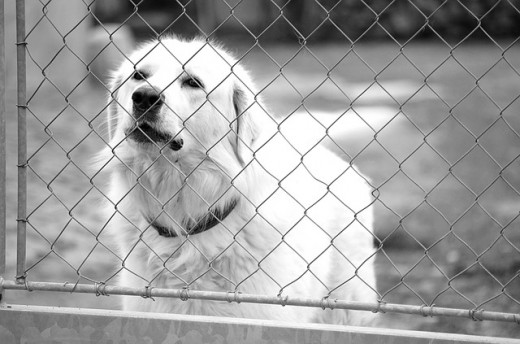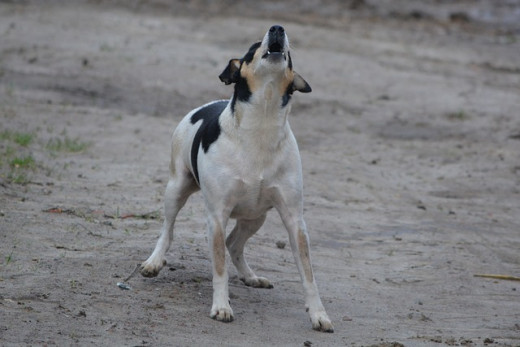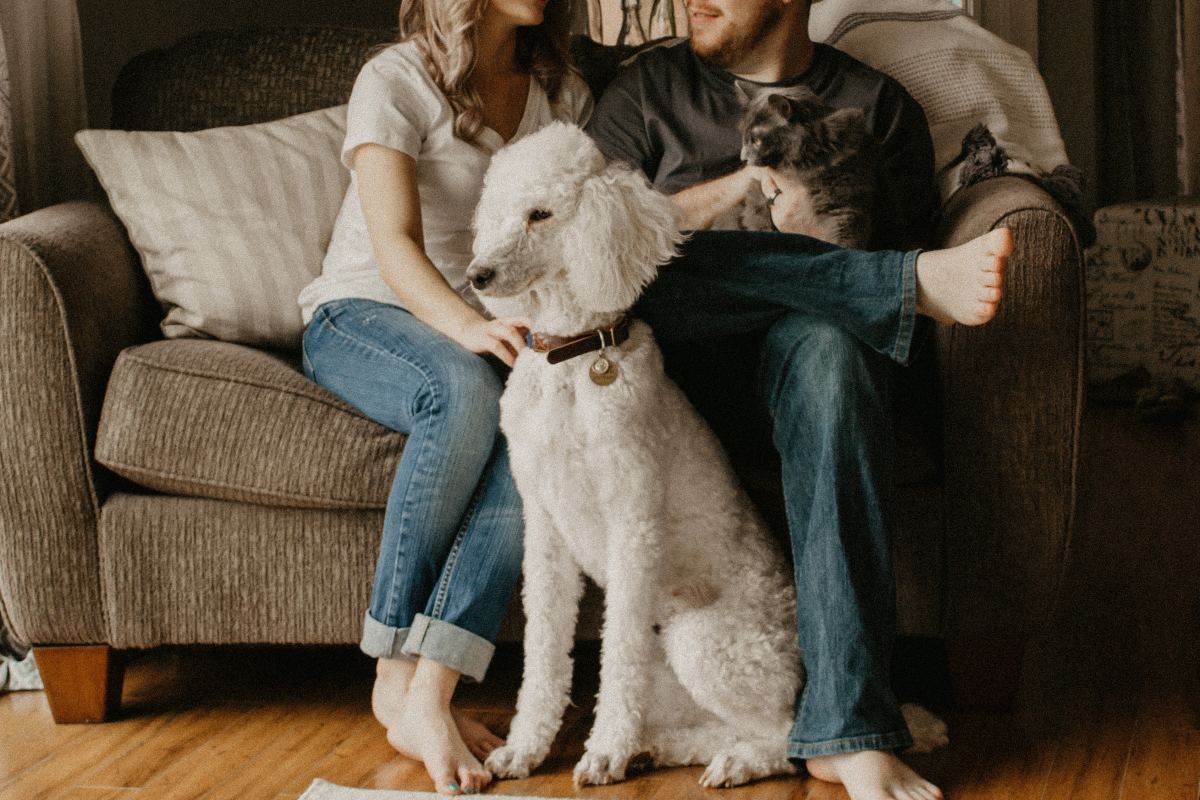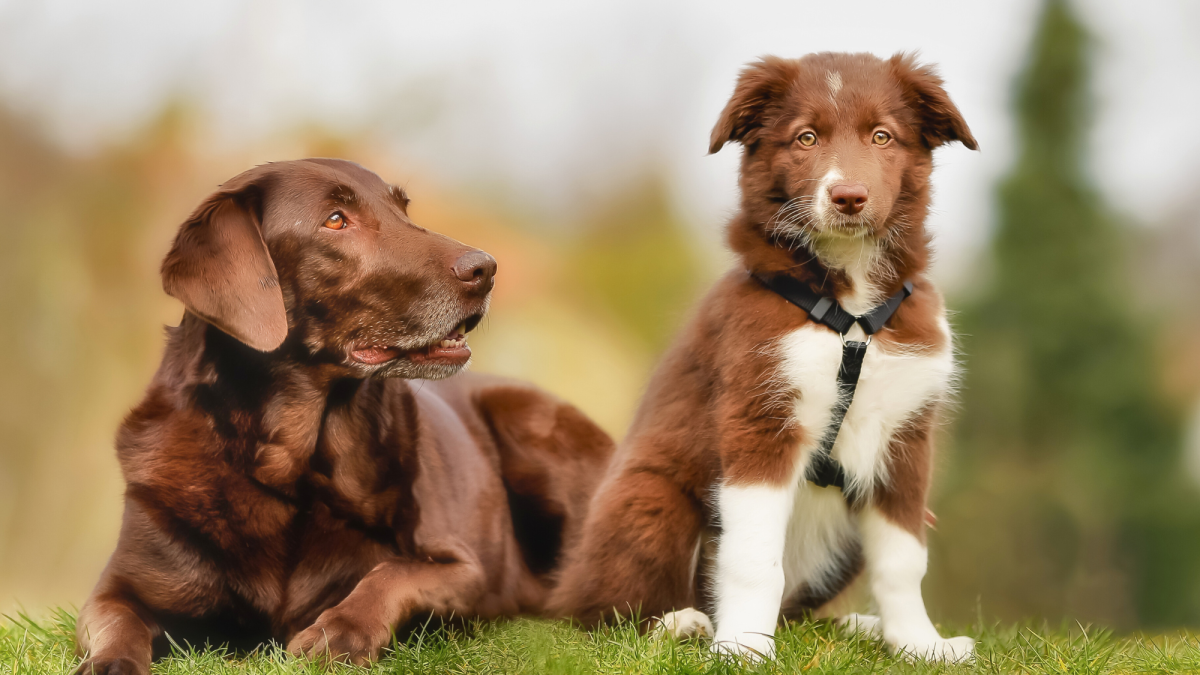- HubPages»
- Pets and Animals»
- Dogs & Dog Breeds»
- Dog Behavior
5 Reasons Dogs Bark So Much

A dog barking is so common that, for many of us, it's just background noise. However, to a dog owner, they might be nervous about what people think. They don't want to get a reputation for owning a wild dog. Here are five reasons why dogs bark so much:
1.) Because it “works”
For many dog owners, their dog barks at a fence or at a window when someone passes by. To our human reason, that doesn’t make a lot of sense. The person or vehicle on the other side doesn’t care about the dog barking. To a dog, their barking is what makes the person or vehicle go away. The chain of events in a dog’s brain is: They arrived, I barked, they left. This makes a dog feel powerful and confident as they make all sorts of things go away.
2.) Frightened
Some dogs will tuck their tails and bark at things because they are nervous and frightened. This can also be a state where dog owners get bit. A frightened dog will whimper and bark to show their nerves. Many owners will try to soothe a dog in this state. However, this rewards the brain and can make a dog less willing to be brave. After all, they can sense their owner’s tension, which adds to theirs. They then get a reward by showing this behavior.
3.) Attention while playing
When several pack members are playing, it can be fairly common to have several barking. Most often this is a way of saying “play with me too”. If the energy level gets to high, this barking for attention can cause a fight to occur. This is especially true if one of the dogs in the pack doesn’t get along with one of the other dogs.
4.) Protect the pack
Walking a dog is fantastic, but many people have pets that lash out. The human brain’s natural reaction is to control by getting a firm grip on the leash. However, this sends a signal to the dog that since the leash is tight, the human is nervous. They may believe it is their duty to protect the pack (including the nervous human). This can cause them to lash out and bark during walks.
5.) Relieve Stress
Some dogs bark just to relieve stress. They may not be getting the play and exercise that they need. Instead, they start barking to help relieve these pent up feelings. Destruction is another method that dogs use to help relieve pent up stress and anxiety. Dogs, especially smart dogs, can get bored quickly.

How to train a dog to stop barking
The best dog in the world is one that is tired from play and is napping. However, this short lived phase is not one we can constantly commit to. After all, we all have our own lives to live. Here are some non-exercise methods to help train a dog to be quiet.
1.) Be consistent
Waiting till the dog has barked for 5 minutes, then yelling “shut up” is not going to work. The dog will assume that the human simply wants to start barking. The best way to curb dog barking is to make a “shoosh” sound each time the dog barks. Make sure to follow-through on this “shoosh” command. That means if your dog is not understanding what that command means, you need to teach them. Get in-between them and what they are barking at. Claim whatever they are barking at and don’t let it leave till the dog is calm. Don’t get your dog excited, instead reward their calming down. Be assertive: puff out your chest and show that you are the pack leader.
2.) Break the thought cycle
The idea behind the “shoosh” command is to break their chain of thought. A loud noise, such as yelling ‘shut up’ is much closer to a dog bark. A “shoosh” noise is not a familiar noise in the dog family. Furthermore, an object can be used to help break the thought cycle. The only problem is that the object can not be a treat (at least when they are excited). Trying to distract with treats only reinforces the bad behavior. Dog barks/protects = receives treat. One negative reinforcement, that works on a very limited basis, is water. A dog’s brain will snap out of the protection mode nearly instantly if they are surprised with a little water. This can be tricky, as you don’t want to be cruel or deteriorate the trust between you and your dog. Always give them a command and a chance to stop on their own before using a negative reinforcement.
3.) Reward quiet
This step is easy to forget. We humans focus on negative so much, we can forget about all the positives. Make sure to reward quiet behavior. However, the timing of this reward should not be near when the dog was barking. You don’t want the dog to associate barking with treats. Instead, rewarding a calm quiet dog, long after they finished barking, helps reinforce being calm/quiet.
4.) Search for triggers, mediate
One way to help your dog stop barking is to look for the triggers and then mediate them. For example, if a dog barks at squirrels, close the curtains towards the squirrels. The dog may still be able to peek through the curtains, but they will be less likely to spot squirrels when they are not looking. This is not a solution, but rather part of a strategy. A dog owner should still help their dog learn what not to bark at.
5.) Search for triggers as teaching points
One fantastic method is to search for trigger points. Perhaps a dog barks when put in a room, perhaps a dog barks when someone passes in front of the house. Once a person understands these trigger points, they can then use them over and over again. For example, if a dog barks when someone passes in front of the house, getting your friend to pass in front of the house can be helpful. That way, you know exactly when your dog will bark and you can train them each time your friend passes in front of the house. The idea here is to control the trigger, so you can train the dog. The hope is that when the trigger happens when the human is not around, the dog will know exactly what to do. (Because they’ve had so much practice)
I have a book about dog training on my website, packed with information for new dog owners. Feel free to check that out for tips beyond just barking control.








